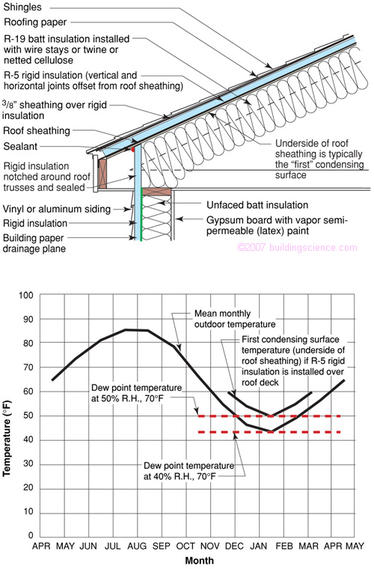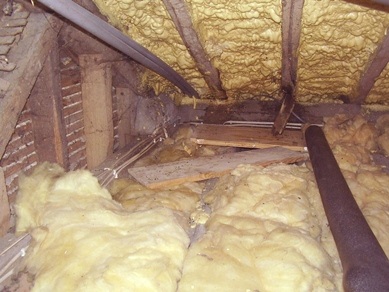Historic England Insulating Roofs
The roof is oten referred to as a warm roof.
Historic england insulating roofs. The question of how best to insulate and ventilate a historic roof cannot be answered with a single solution. Relatively thick layers of insulation will not cause problems if installed carefully. Historic england holds an extensive range of publications and historic collections in its public archive covering the historic environment. And current best practice.
Energy efficiency and historic buildings. Cold roofs versus warm roofs. Insulation can be placed above between or just below the rafters. Adding insulation to your loft or attic is one of the easiest and cheapest ways of improving a building s energy efficiency.
Some municipal building codes allow variances for roofing materials in historic districts. However if the top floor is open to the rafters and is used as habitable accommodation then insulation will need to be provided at rafter level. To meet current building regulations you will need about 300mm thickness of insulation. However if the top floor is open to the raters and is used as habitable accommodation then insulation will need to be provided at rater level.
When insulation is placed in this position the roof is often referred to as a cold roof. Jonathan taylor s article unpacks the key issues including the role of moisture ventilation and buffering. This guidance note provides advice on the principles risks materials and methods for insulating pitched roofs at ceiling level. There are estimated to be about fifty thousand thatched buildings in england today some of which retain thatch which is over six hundred years old.
In other instances individual variances may be obtained. The simplest and most common way to insulate a pitched roof is to add insulation above the horizontal ceiling of the top floor. Insulation can be. Different situations require different solutions.
Insulating pitched roofs at ceiling level cold roofs. The simplest and most common way to insulate a pitched roof is to add insulation above the horizontal ceiling of the top floor. The use of the historic roofing material on a structure may be restricted by building codes or by the availability of the materials in which case an appropriate alternative will have to be found. Insulating roofs at ceiling level for most roofs placing insulation above the ceiling of the top floor can be cheaply and easily achieved without significant modification.
Or are using a roof natural england or a local bat group should be contacted for informed advice and guidance before any roofing works are programmed and initiated. Thatching reflects strong vernacular traditions all over the country. Around 25 per cent of heat loss occurs through a building s roof but high levels of insulation in historic roofs can be counter productive sometimes even accelerating heat loss in the long term. This guidance provides advice on the principles risks materials and methods for insulating thatched roofs.
High levels of ventilation can usually be achieved which reduces the possibility of any condensation occurring within the cold roof space. Insulating roofs loft insulation. Insulating pitched roofs at ceiling level cold roofs.














































